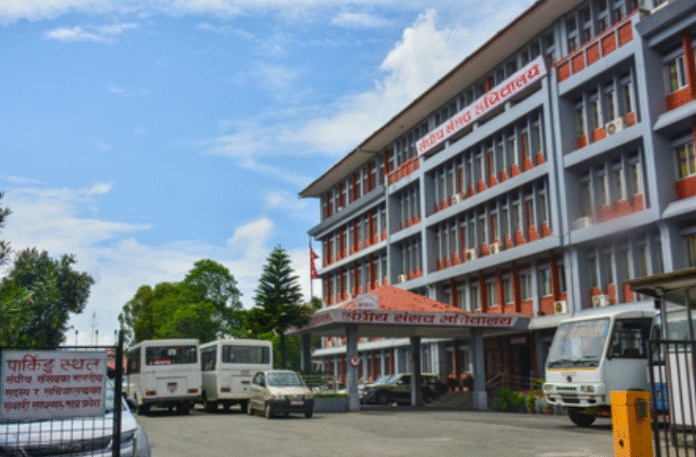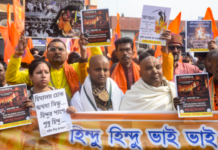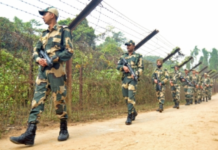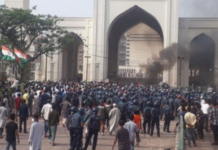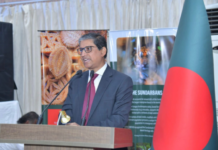By Vicky Nanjappa
New Delhi– What one got to witness in Nepal was quite similar to what took place in Bangladesh. While, the external elements succeeded in Bangladesh with the help of radical Islamists, the ploy did not work out in Nepal.
In Bangladesh, a students’ uprising led to the ouster of Sheikh Hasina and the installation of Muhammad Yunus, largely considered to be a stooge of the deep-state and ISI. In Bangladesh, the students said that they were coming out against the autocratic rule of Sheikh Hasina.
In Nepal, the protest by the Gen Z was against the corrupt politicians. Those protesting said that no benefits were being passed on to the people. Instead it was the politicians and their nepo kids who were pocketing the nation’s money.
Following the collapse of the Sheikh Hasina government, Muhammad Yunus was made the caretaker of the interim government. After this it was a free for all for the ISI, which managed to sign several deals with Dhaka including use of the waters, lifting of visa restrictions among other. India says that all this will be used by the ISI to smuggle arms and ammunition into Bangladesh and also transport terrorists with an intention of carrying out attacks in India.
While the ploy worked in Bangladesh, it did pan out exactly the same way in Nepal. While a foreign hand behind the protests cannot be ruled out in Nepal, the fact remains the final plot did not shape up exactly how they would have expected.
Institutions such as the ISI would have wanted their puppet in Nepal, but it was the army that stood firm. It completely sided with the Gen Z protestors and ensure that a stooge would not be installed as the nation’s head.
In Nepal, the issues were genuine and clearly the frustration of the people against corruption and nepotism was visible. These issues were long simmering and an uprising of this scale was in the making. When such massive protests erupt, foreign hands are usually at play and look to have their own leader head the country, so that they can use them as puppets.
The Nepal crisis was over in just three days, with an interim Prime Minister being appointed. While a caretaker was also appointed in quick time in Bangladesh, the issue is that under Yunus, the law and order situation in the country collapsed. He gave a free hand to the Jamaat-e-Islami, which ordered persecution of minorities, while also making calls through its proxies to establish the Sharia law.
The difference between Nepal and Bangladesh is the manner in which the army handled the situation. The Bangladesh army remained a mute spectator all through the chaos. This is largely to do with the level of influence the ISI has over many top people in the army.
While General Waker-Uz-Zaman expressed his discontent with the happenings in his country at first, he remained largely a lone figure. Most of his colleagues lean towards Pakistan and hence the army remained a mute spectator and led the radicals run amok.
However in Nepal, the army got the situation under control once K.P. Oli and his corrupt colleagues stepped down. The army chief, General Ashok Raj Sigdel took stock of the situation. Instead of standing against the protestors, he stood with them as he felt that they were making a fair point regarding corruption and nepotism. He immediately appeared on television and called for calm and restraint.
The army chief stood strong behind the Gen Z protestors and made it clear that a leader of their choice would be made the interim head.
The army chief also coordinated with the President of Nepal, who in turn told the protesters that the violence must end at any cost. He, however, told them that they should not delay in selecting a leader. An ultimatum of selecting a leader of their choice within 24 hours was also given.
All these action prevented external players from installing a puppet of their choice. Indian officials say that the Nepal army chief and president realised that the protests would go on if the GenZ would not have got a chance to pick their own leader.
If the protests had continued, it would have been easy pickings for the external influences to enter Nepal and install a puppet of their choice, who without a doubt like Oli would have been anti-India. (IANS)


